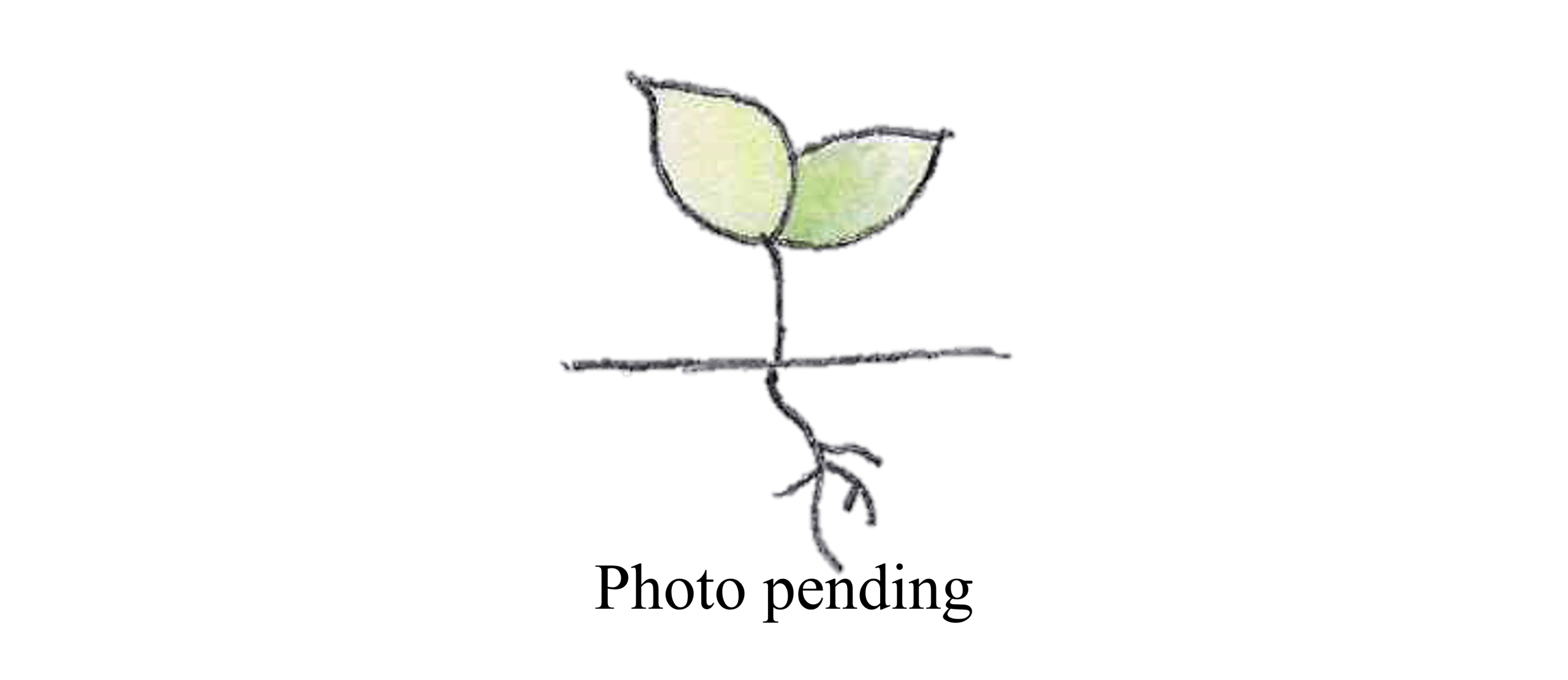Hairy quinine tree
Petalostigma pubescens, Fam. Picrodendraceae

Attractive shrub to small tree with grey and black, very hard, bark with short vertical ridges.
| Weed Category: | |
| Weed: | No |
| Form or habit: | Shrub, Small tree |
| Family: | Picrodendraceae |
| Leaf: | Simple, alternate, entire, broadly elliptic, 2-5cm long. Glossy, dark green and glabrous above but a dull yellow grey below because of the dense cover of felty hairs. Hairs on the underside are of two types: long and spreading and short, curved and appressed. |
| Flower conspicuous: | Conspicuous |
| Flower colour: |
Brown, Cream |
| Flower description: | Pale, creamy brown flowers. Male and female flowers separate, males occur in axillary clusters, female solitary. Any month of the year. |
| Fruit conspicuous: | Conspicuous |
| Fruit colour: |
Orange, Yellow |
| Fruit: | |
| Fruit description: | Orange yellow, felty hairy, spherical drupes with eight vertical grooves, mostly four celled, 12-17mm in diameter. January to October. |
| Habitat: | Gallery (riverine or riparian) forest, rainforest, woodland. |
| Distribution | Queensland, New South Wales, Northern Territory, Western Australia, New Guinea. |
| Food source for: | Fruit eaten by the emu. Larval food plant of the copper jewel butterfly. |
| Toxicity: | No toxicity known |
| Origin: | Australia, New Guinea. |
| Notes: | A hardy plant except in frosty areas. Grow from fresh seed or cuttings. A brown yellow dye can be produced from the bark. Apparently, Aborigines in the Marlborough area pounded the fruit and threw it and the leaves of a broad leaved (unidentified) plant into waterholes to poison mullet and garfish. Other Aboriginal and colonial medicinal uses included: bark and fresh fruit as a bitter tonic to treat fever, the fruit in tea to ward off malaria, an infusion of the bark as an astringent and an antidote against opium usage, bark or fruit infusions as antiseptic or to relieve sore eyes, holding fresh fruit in the mouth to relieve toothache and fruits as contraceptive and a vermifuge for horses. The brown, hard, close grained timber shrinks badly. |
| Information sources: | Melzer R. & Plumb J. (2007) Plants of Capricornia. |



